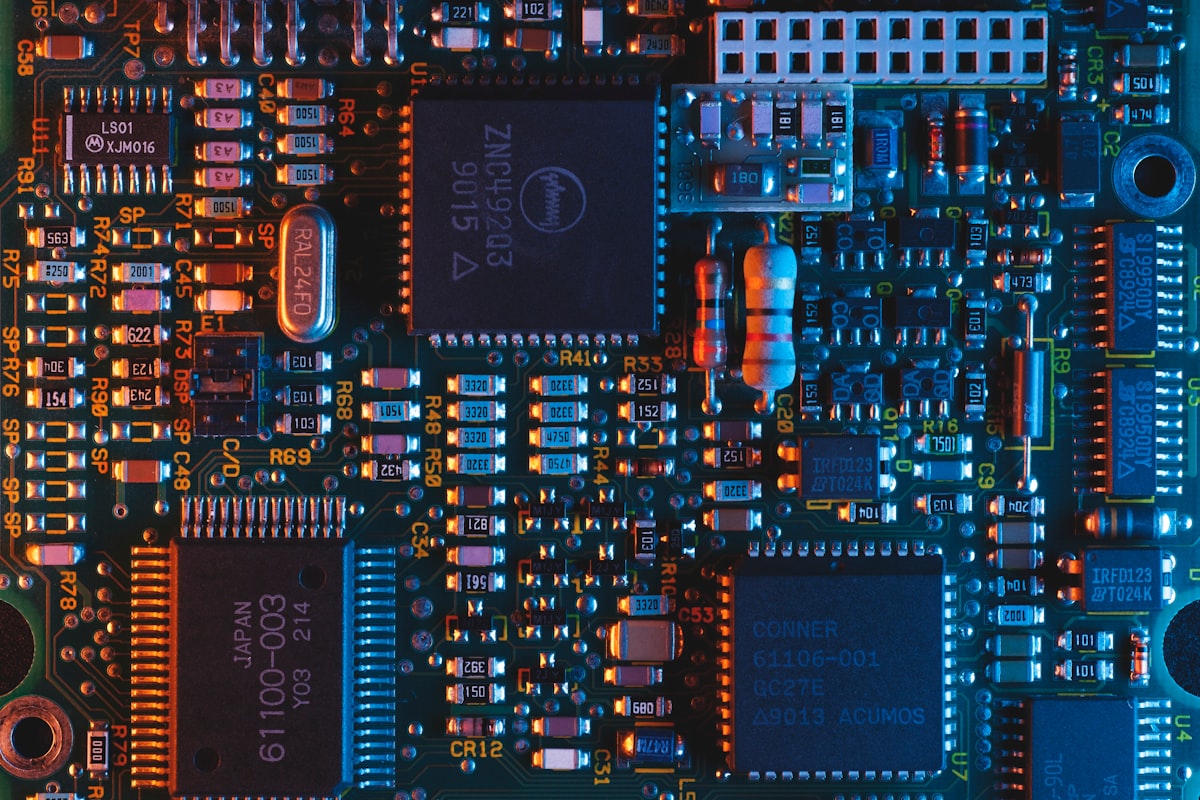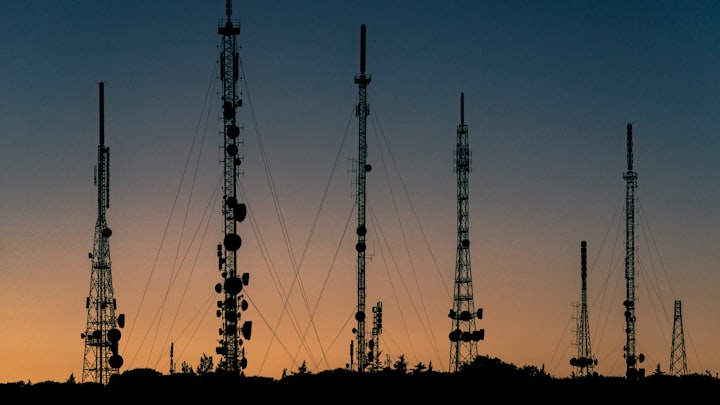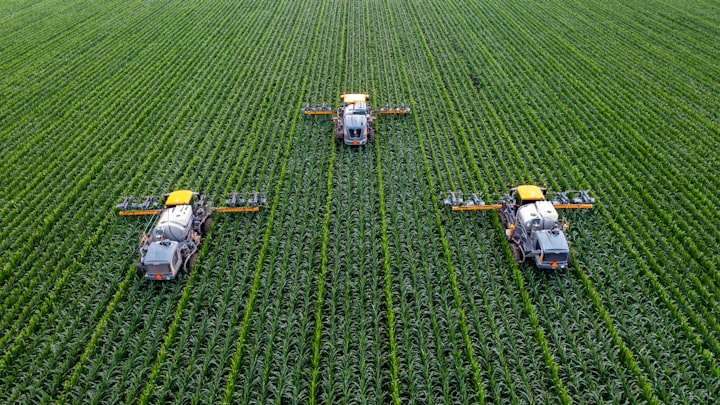Scope 3 Emissions in the Technology Sector: An Expert's Insight into Supplier Dynamics Amidst the Digital Revolution's Sustainability Imperatives

The technology sector, a driving force behind the modern digital age, is increasingly under scrutiny for its environmental impact. As innovations continue to reshape how we live, work, and communicate, the sector's Scope 3 emissions emerge as a pivotal concern. This article offers an in-depth exploration for sustainability aficionados, delving into the multifaceted dynamics of tech supply chains, the evolving demands of digital consumers, and the regulatory landscape that is shaping the future of tech sustainability.
1. Dissecting the Scope 3 Conundrum in Technology:
The technology sector's Scope 3 emissions encompass a broad spectrum:
- Hardware Production: Emissions from the extraction, processing, and assembly of metals, minerals, and other materials used in device manufacturing.
- Software and Cloud Services: Emissions associated with data centers, cloud storage, and digital service delivery.
- Logistics and Distribution: Emissions from the transportation, packaging, and distribution of tech products.
- End-of-life: Emissions from the disposal, recycling, or repurposing of electronic waste.
2. Supplier Dynamics: The Greening of the Digital Realm:
The tech supply chain is undergoing a sustainability metamorphosis:
- Sustainable Hardware: A shift towards using recycled or bio-based materials in device manufacturing.
- Energy-Efficient Data Centers: Innovations in cooling, energy sourcing, and infrastructure design to reduce data center emissions.
- Circular Economy Principles: Emphasizing product longevity, upgradability, and recyclability in tech design.
3. The Evolving Digital Consumer Landscape:
Consumer preferences are driving change in the tech sector:
- Demand for Sustainable Devices: A growing segment of consumers prefer tech products with eco-friendly features and sustainable production backgrounds.
- Digital Minimalism: A trend towards using fewer devices, decluttering digital spaces, and reducing e-waste.
- Transparency and Ethical Tech: Consumers seeking clarity on the sustainability practices of tech companies, from sourcing to software.
4. The Regulatory Digital Frontier:
The tech sector faces a dynamic regulatory environment:
- E-waste Management: Regulations mandating the proper disposal, recycling, or repurposing of electronic waste.
- Energy Efficiency Standards: Mandates on energy consumption for devices, data centers, and other tech infrastructure.
- Supply Chain Accountability: Regulations ensuring ethical and sustainable sourcing of tech components.
5. Innovating for a Sustainable Digital Future:
For visionary tech entities:
- Collaborative R&D: Joint initiatives focusing on green tech innovations, from quantum computing to AI-driven energy optimization.
- Stakeholder Engagement: Dialogues with users, developers, regulators, and communities to co-create a sustainable tech ecosystem.
- Industry Alliances: Partnerships with energy providers, material scientists, and other stakeholders to drive the green tech agenda.
In Summation:
The technology sector, while revolutionizing every facet of human existence, faces the profound challenge of harmonizing its rapid advancements with planetary well-being. As it navigates its Scope 3 emissions, the sector is also pioneering solutions that promise a future of sustainable digital experiences. For sustainability experts, the tech landscape offers a realm of challenges and opportunities, where innovation meets responsibility. With strategic foresight, collaborative spirit, and a commitment to green innovation, the tech sector can lead the digital age into a sustainable future.




Comments ()